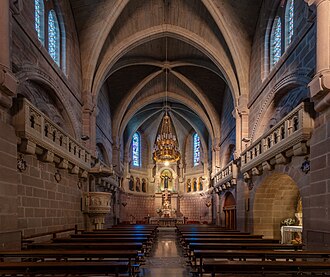




The atmospheric glow blankets southern Europe and the northwestern Mediterranean coast, outlined by city lights. At left, the Po Valley urban corridor in Italy shines with the metropolitan areas of Milan and Turin and their surrounding suburbs.
Read More



NASA’s X-59 quiet supersonic research aircraft lifts off for its first flight Tuesday, Oct. 28, 2025, from U.S. Air Force Plant 42 in Palmdale, California. The aircraft’s first flight marks the start of flight testing for NASA’s Quesst mission, the result of years of design, integration, and ground testing and begins a new chapter in NASA’s aeronautics research legacy.
Read More
| Picture of the day |
|---|

|
|
A macro shot of a red-and-green macaw’s (Ara chloropterus) eye, Serra da Capivara National Park, Piauí state, Brazil.
|
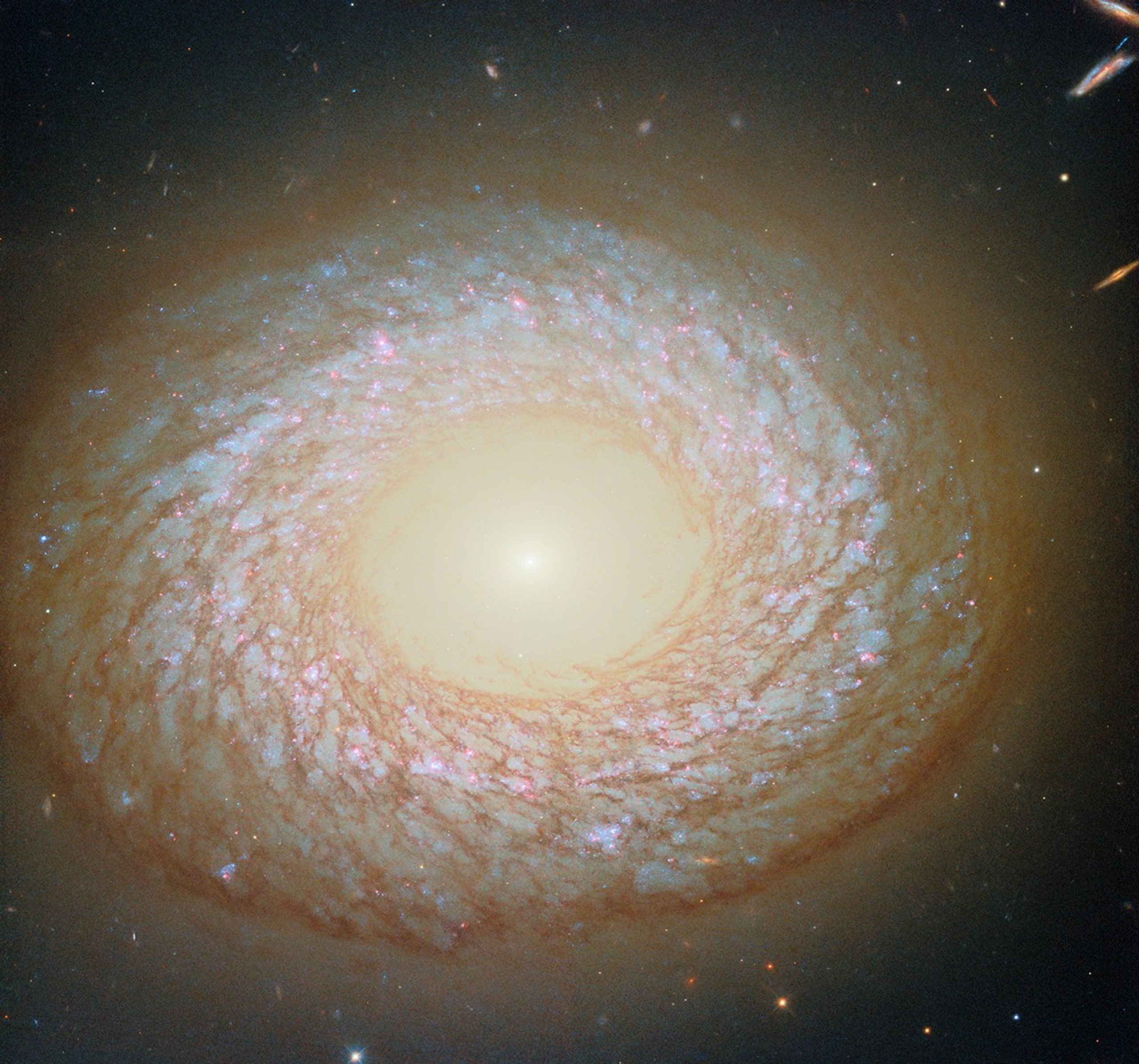
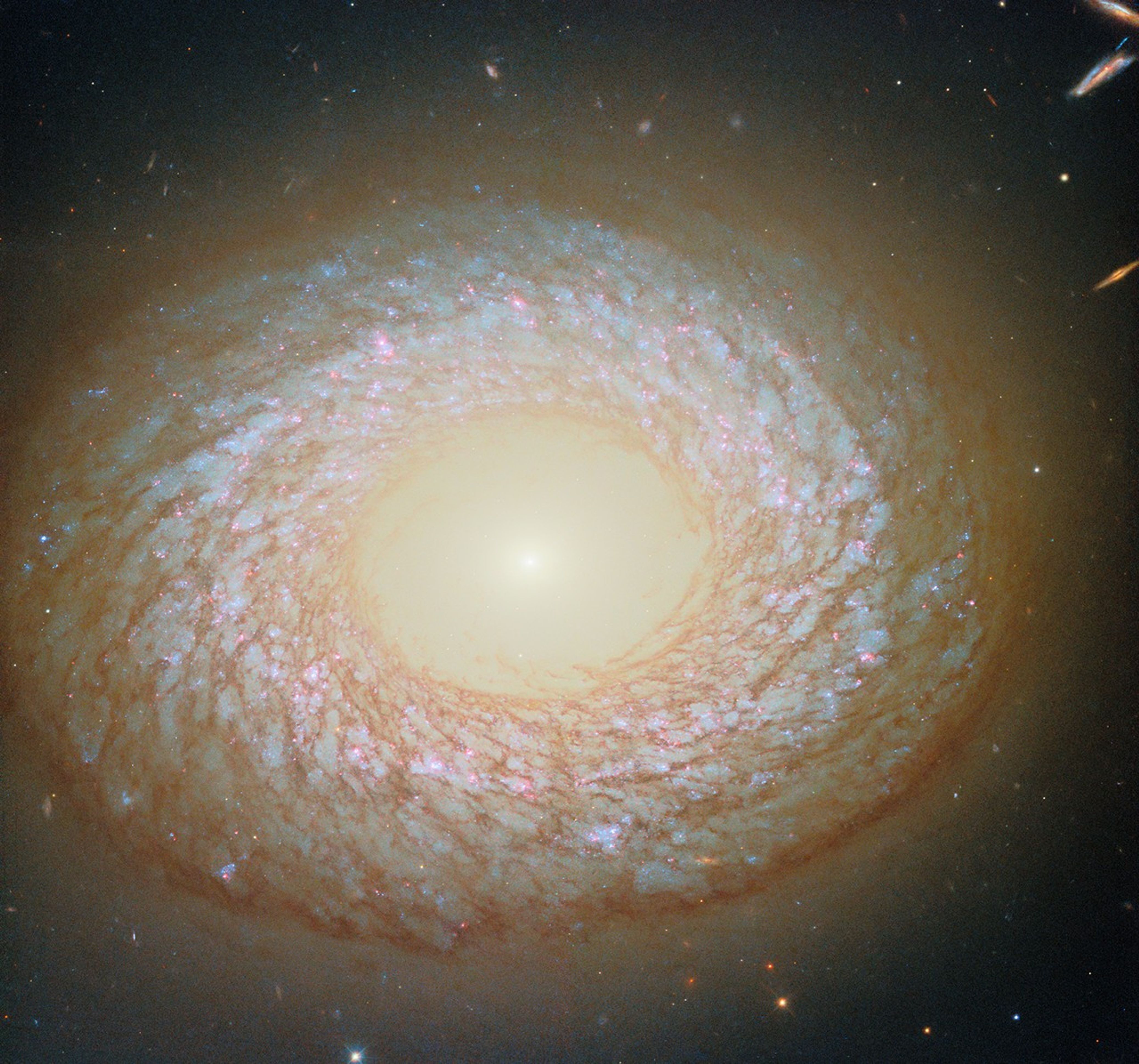
This NASA/ESA Hubble Space Telescope image features a galaxy, NGC 2775, that’s hard to categorize.
Read More


NGC 1068, a relatively nearby spiral galaxy, appears in this image released on July 23, 2025.
Read More
| Picture of the day |
|---|

|
|
U.S. Marines raising the American flag on Mount Suribachi during the Battle of Iwo Jima. Today is the United States Marine Corps birthday on which it turns 250 years old.
|


NASA ER-2 pilot Kirt Stallings waits inside the transport vehicle at Edwards, California, on Thursday, Aug. 21, 2025, moments before boarding NASA’s Armstrong Flight Research Center’s ER-2 aircraft for a high-altitude mission supporting the Geological Earth Mapping Experiment (GEMx). Through the vehicle window, the aircraft can be seen being readied for flight.
Read More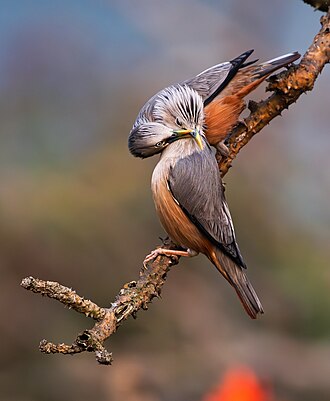
| Picture of the day |
|---|

|
|
Two chestnut-tailed starlings (Sturnia malabarica) kissing while perched on a branch in Satchari National Park, Bangladesh
|

| Picture of the day |
|---|

|
|
Two tender mushrooms (Mycena galericulata) on dead wood lying under the trees. Focus stack of 20 photos.
|



This image shows two massive galaxy clusters. The vast number of galaxies and foreground stars in the image were captured by NASA’s James Webb Space Telescope in near-infrared light. Glowing, hot X-rays captured by NASA’s Chandra X-ray Observatory appear in pink. The blue represents the dark matter, which was precisely mapped by researchers with Webb’s detailed imaging.
Read More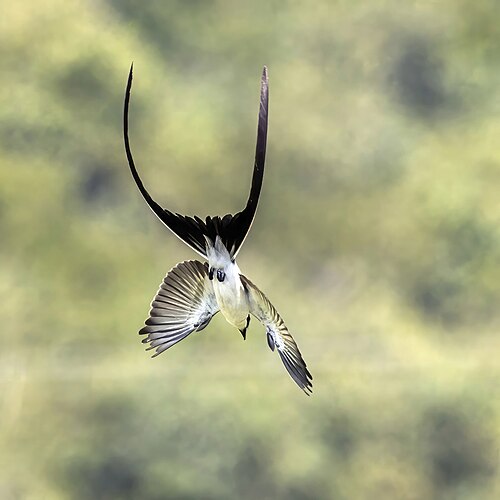
| Picture of the day |
|---|
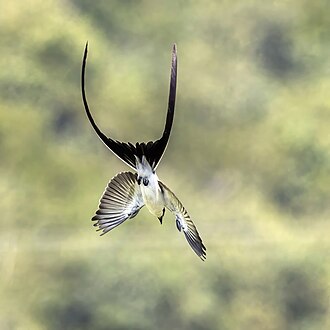
|
|
Fork-tailed flycatcher (Tyrannus savana monachus), chasing prey in Cayo, Belize. This is what the bird looks like when it is flying normally, but not grabbing an insect.
|


The 57.7-foot-long Canadarm2 robotic arm extends from a data grapple fixture on the International Space Station’s Harmony module in this July 23, 2025, image.
Read More

| Picture of the day |
|---|
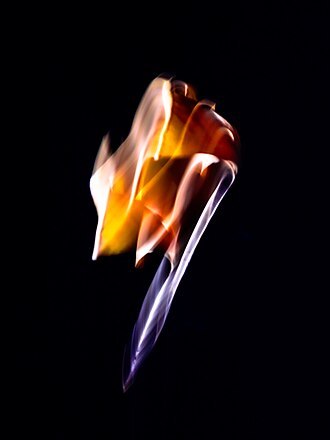
|
|
Photo art “Miracles of nature” based on a yellow ginkgo leaf and intentional camera movement
|

| Picture of the day |
|---|
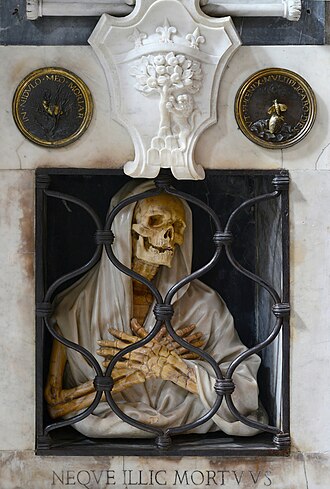
|
|
This memento mori sculpture adorns the Tomb of Gisleni, at the Parish Basilica of Santa Maria del Popolo in Rome. Today is All Souls’ Day.
|
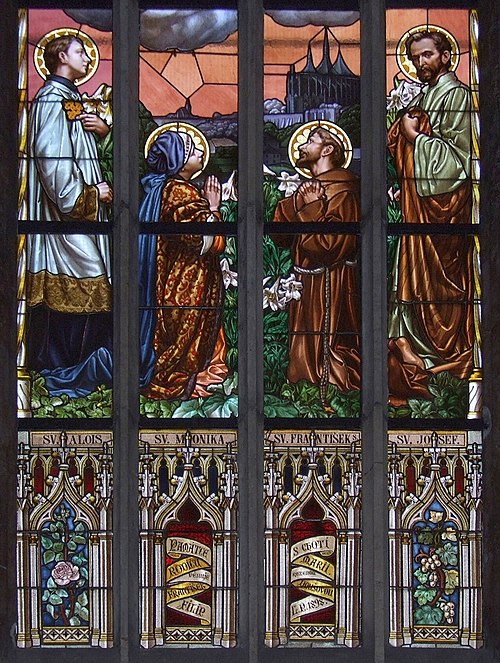

| Picture of the day |
|---|
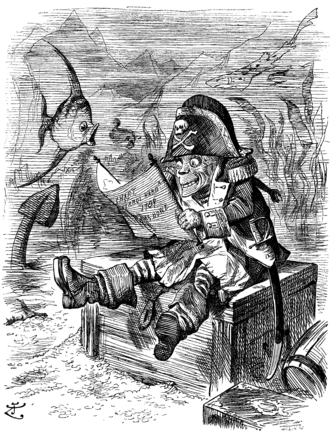
|
|
Illustration of Davy Jones sitting on his locker, wearing a pirate captain’s uniform. Today is Halloween.
|
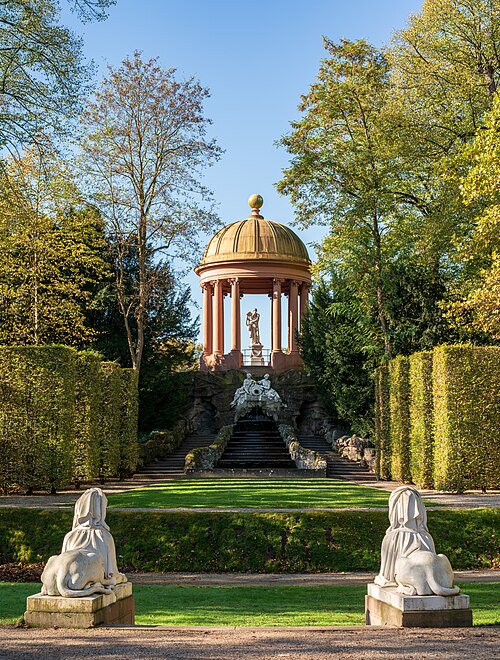
| Picture of the day |
|---|

|
|
Schwetzingen Palace gardens, Schwetzingen, Germany: view from the Garden Theatre to the Temple of Apollo.
|

| Picture of the day |
|---|

|
|
Portrait of a Peacock dance performer during the harvest festival of Thai Pongal in the Indian states of Tamil Nadu and Kerala.
|

| Picture of the day |
|---|

|
|
Gotland Grand National 2023. Gotland Grand National has long been considered the world’s largest Enduro competition and was first run in 1984.
|

| Picture of the day |
|---|

|
|
A red squirrel (Sciurus vulgaris) eating a nut in Bednarski Park (Kraków, Poland).
|

| Picture of the day |
|---|

|
|
A beach chair on the beach of Juliusruh is illuminated by the rising morning sun.
|


| Picture of the day |
|---|

|
|
American actress Margaret Qualley at 70th Berlin International Film Festival. Today is her birthday.
|

| Picture of the day |
|---|

|
|
Mural Kinderfreuden by German painter Dieter M. Weidenbach. Today is his 80th birthday.
|



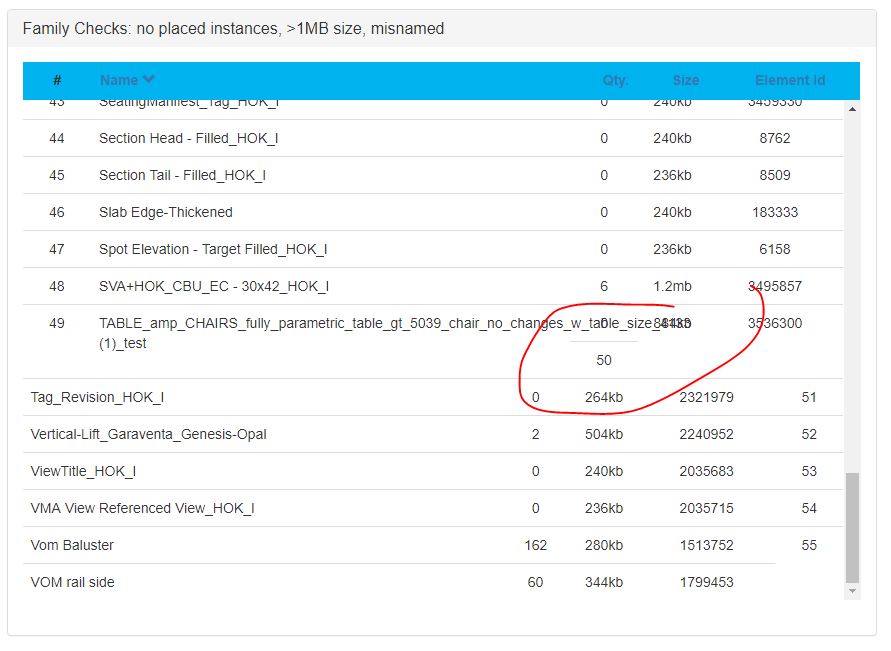
| Picture of the day |
|---|
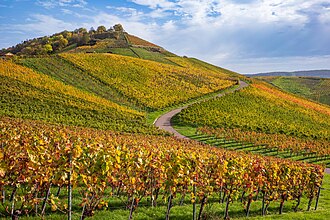
|
|
Vineyards with colourful autumn leaves at the Scheuerberg in Neckarsulm, Germany.
|

| Picture of the day |
|---|

|
|
Swing ride “Wellenflug” at the Herbstsend in Münster, North Rhine-Westphalia, Germany
|




| Picture of the day |
|---|
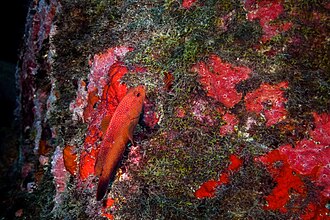
|
|
Coney (Cephalopholis fulva) camouflaged on a rock, Fernando de Noronha Marine National Park, Pernambuco, Brazil
|


| Picture of the day |
|---|

|
|
Gabrielle Aplin performing live at The Troubadour in Los Angeles, California. Today is her birthday.
|
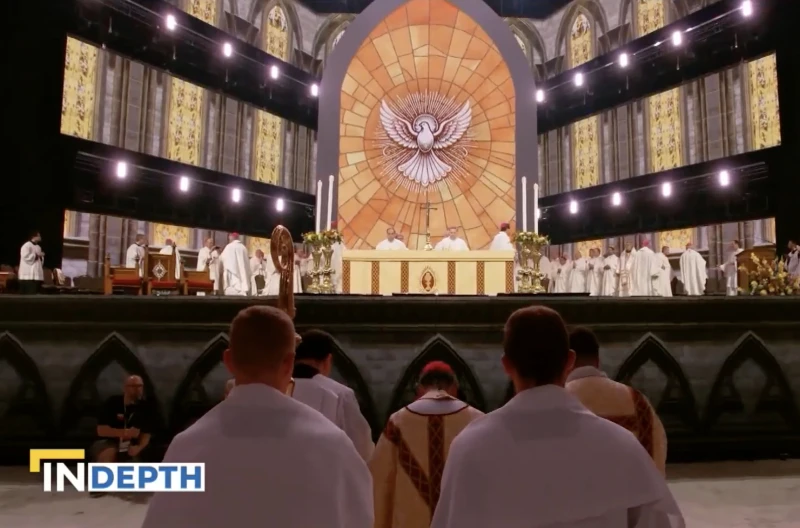

Washington, D.C. Newsroom, Oct 18, 2025 / 12:00 pm (CNA).
Several hymns were temporarily banned last year in the Diocese of Jefferson City, Missouri after being found “to be insufficient in sound doctrine,” with the action raising questions about what music is allowed at the Holy Mass.
In a special report for the Oct. 17, 2025 edition of “EWTN News In Depth,” correspondent Mark Irons explored the subject. Archbishop Shawn McKnight, who implemented the brief ban, told Irons: “I would hope everybody else learns from my mistake.”
McKnight, who was the bishop of Jefferson City at the time, now serves as the archbishop of Kansas City. The controversial ban in question encompassed 12 songs in total, including the popular hymns “I am the Bread of Life” and “All Are Welcome.”
McKnight said the decree was implemented too quickly and without enough discussion among Catholics in the diocese.
Currently, no particular hymns are excluded in the Diocese of Jefferson City, but parishes are required to evaluate Mass music using guidelines that were provided for archdioceses and dioceses across the nation by the U.S. Conference of Catholic Bishops (USCCB).
The USCCB’s 2020 “Catholic Hymnody at the Service of the Church: An Aid for Evaluating Hymn Lyrics” was created to make sure Mass hymns are in conformity with Catholic doctrine. The bishops list a number of specific concerns regarding hymns, including ones with “deficiencies in the presentation of Eucharistic doctrine,” those “with a view of the Church that sees Her as essentially a human construction,” or songs with “an inadequate sense of a distinctively Christian anthropology.”
Kevin Callahan, who serves as the music director at Sacred Heart Parish in Glyndon, Maryland, told Irons: “We believe…the body and blood, soul and divinity of Christ is here at the Mass, in the Eucharist. The songs, of course, should reflect that.”
Callhan explained that he understands why the bishops would create the aid. The bishops “want the right thing to be said in Church, they don’t want the wrong idea to get tossed around.” Callahan said he does believe there are certain hymns that could be misleading.
Over time, Callahan said, Gregorian chant has earned pride of place within the liturgy of the Mass.
This was reflected in the Second Vatican Council document Sacrosanctum Concilium, which explains: “The Church acknowledges Gregorian chant as specially suited to the Roman liturgy.”
Sara Pecknold, a professor of liturgical music at Christendom College, noted that “Gregorian chant, beyond a shadow of a doubt, was developed with and for the liturgy.”
“The Second Vatican council teaches us that the more closely tied the music is to the liturgical action…the more sacred it is,” she pointed out.
If Gregorian chant is unfamiliar to a parish, Pecknold recommends small steps that could be taken. She said: “I would first start with the very simplest chant melodies, for the ordinaries of the Mass.”
Beyond Gregorian chant, the Second Vatican Council decided that the Church approves “of all forms of true art having the needed qualities, and admits them into divine worship.”
Pecknold explained: “Liturgical music should glorify God and it should sanctify and edify all of us who are present at this great sacrifice.”
Dave Moore, the music director at the 2024 U.S. National Eucharistic Congress, was in charge of bringing together a wide variety of Catholic musicians from across the country for the event.
Moore said the musical goal of the Congress was to create a unity rooted in Christ, through different styles of music.
“I don’t know how you find unity without diversity,” Moore said. “There’s a lot of people who do things differently than we’re used to, but what we’re looking for is the heart, like are you pursuing the heart of God?”
Archbishop McKnight also noted the need for variety.
“Catholicity means there’s a universality to who we are, that we’re not of just one kind or one culture, but there’s a diversity of charisms and a diversity of styles,” he said. “The fact that there are different ways of entering into the mystery of Christ, actually increases the unity we have, otherwise we’re just a church of some, and not the Church of all.”
Music is “often associated with memories and emotions, too,” he said. “That’s a part of our celebration of the Eucharist. It’s not just a thing of the mind. It’s not just a doctrinal assent. It’s also a movement of the heart and ultimately it’s active prayer.”
“Hymns that are liked by the people are a good choice, but it’s also important that they convey the Catholic faith,” McKnight said. “It’s about discernment of the will of God and what the Holy Spirit wants.”
Read More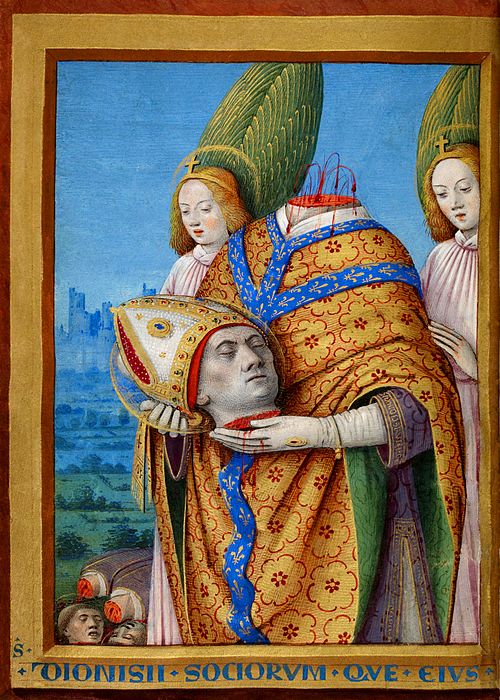


| Picture of the day |
|---|

|
|
Drone view of Lake Willoughby, Vermont, with Mount Hor on the left and Mount Pisgah on the right
|

| Picture of the day |
|---|

|
|
Painted stork (Mycteria leucocephala) catching a fish in Yala National Park, Sri Lanka.
|
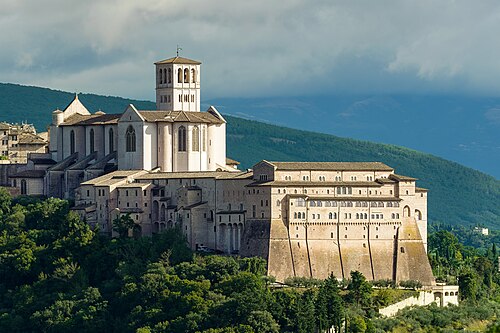

| Picture of the day |
|---|
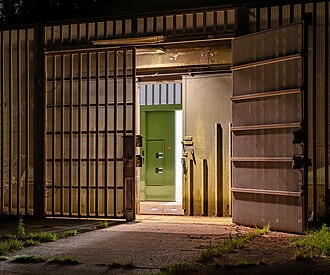
|
|
Three doors of the bunker 26 in the Dülmen-Visbeck special ammunition depot, Dernekamp hamlet, Kirchspiel, Dülmen, North Rhine-Westphalia, Germany
|

